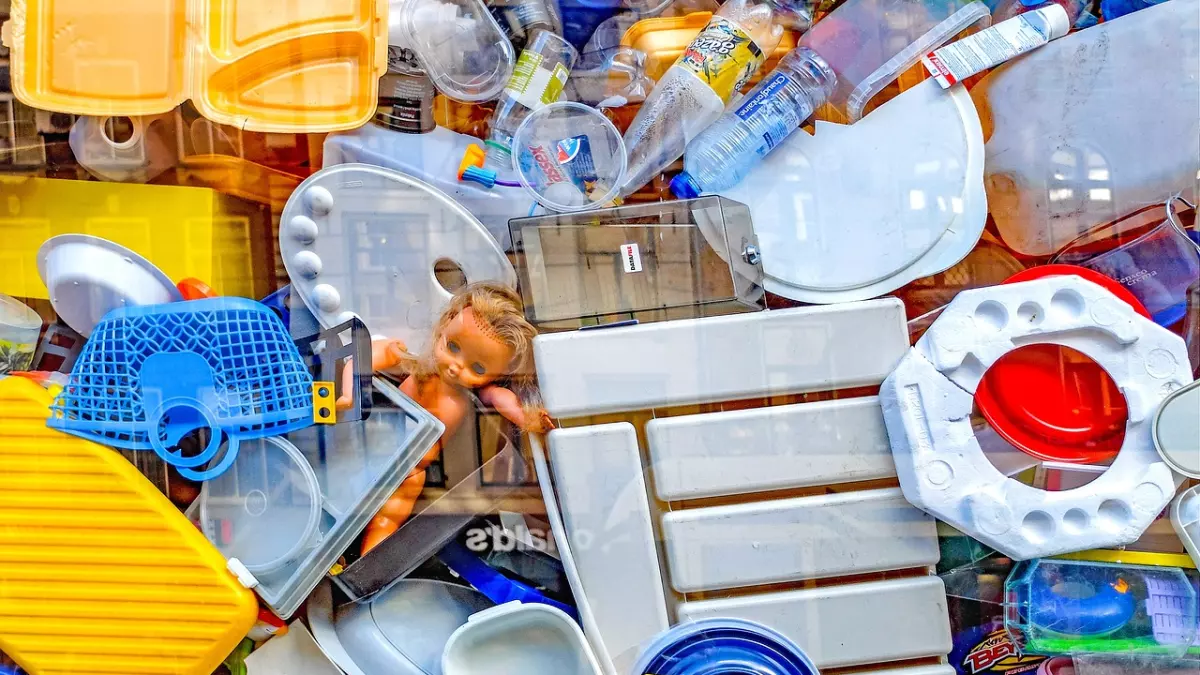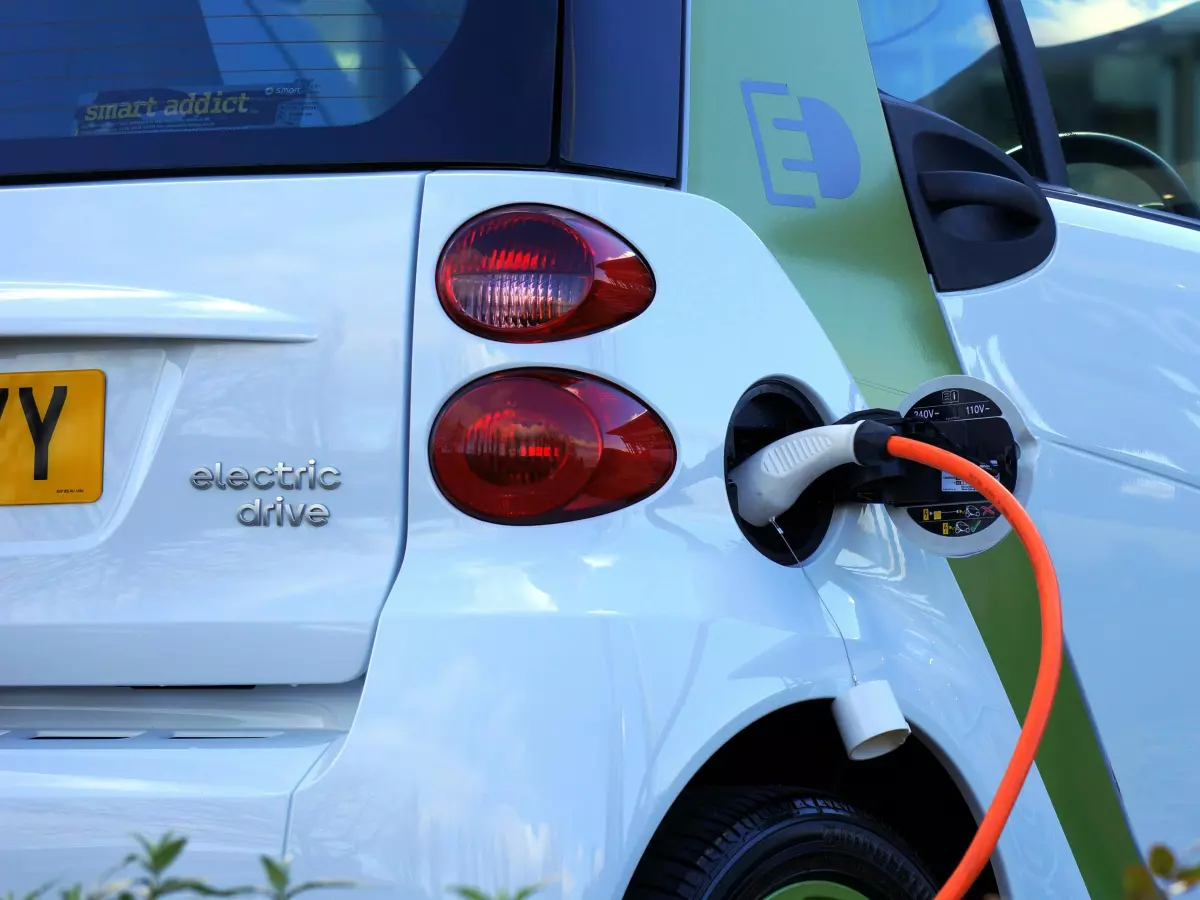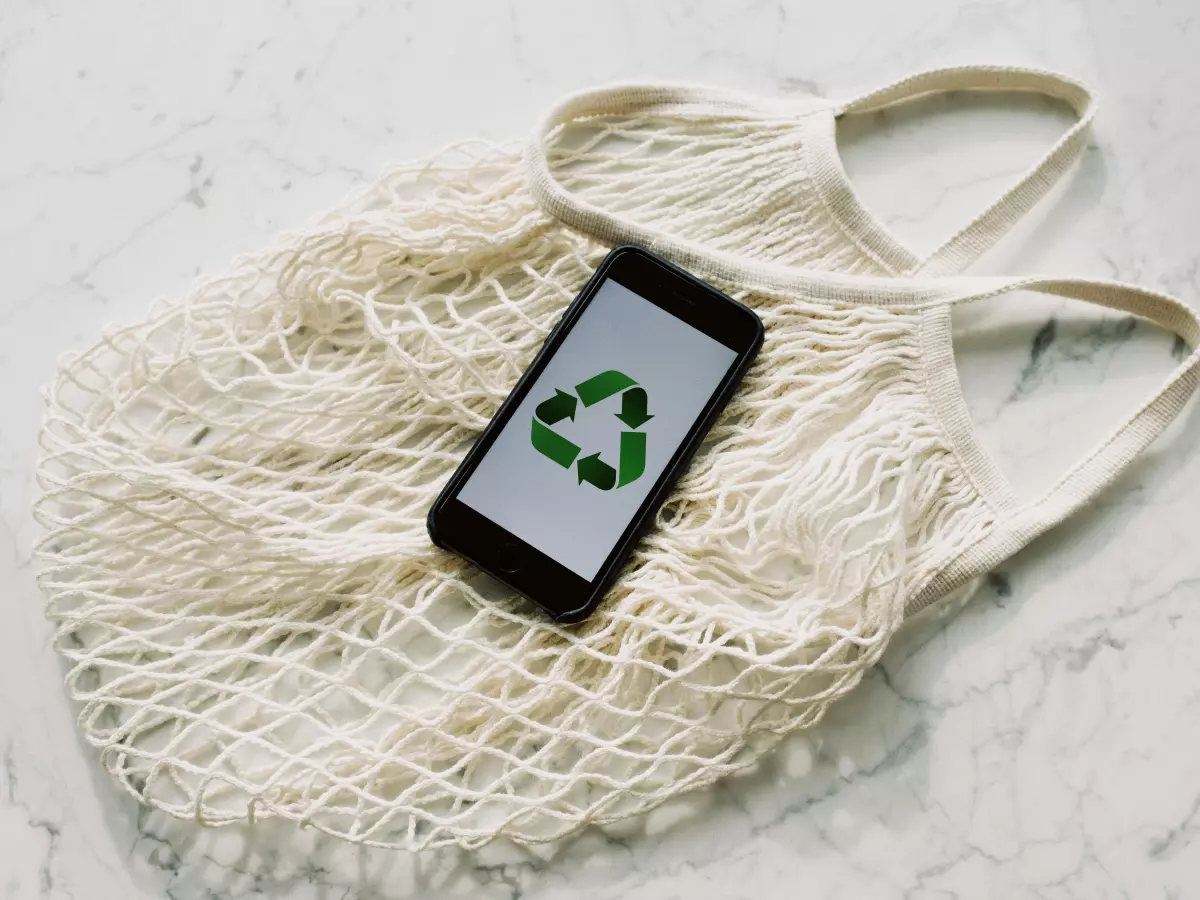Recycling Revolution
“It’s not just about making new batteries; it’s about what we do with the old ones,” says Dr. Emily Carter, a leading expert in sustainable energy systems.

By Carlos Martinez
She’s not wrong. As electric vehicles (EVs) continue to dominate the roads, the question of what happens to their batteries when they reach the end of their life cycle is becoming more critical than ever. Sure, we’re all excited about the latest EV models, the insane acceleration, and the sleek designs. But what happens when the battery that powers your eco-friendly ride is no longer useful? That’s where the real challenge—and opportunity—lies.
Let’s be real: EV batteries don’t last forever. Most lithium-ion batteries, which power the majority of EVs, have a lifespan of around 8 to 15 years. After that, they’re not exactly landfill material (at least, they shouldn’t be). Enter the world of EV battery recycling technology, a field that’s quietly revolutionizing the sustainability of electric vehicles.
Why Recycling Matters More Than You Think
Here’s the irony: EVs are marketed as the solution to our fossil fuel addiction, but the batteries that make them run are made from finite resources like lithium, cobalt, and nickel. Mining these materials is not exactly a green process. So, if we’re going to make EVs truly sustainable, we need to figure out how to reuse and recycle these materials efficiently.
According to a report by the International Energy Agency (IEA), the demand for lithium alone is expected to increase by over 40 times by 2040. That’s a lot of digging. But what if we didn’t have to rely so heavily on mining? What if we could recover these precious materials from old batteries and use them to make new ones? That’s the promise of advanced EV battery recycling technology.
How It Works: Breaking Down the Process
So, how do you recycle an EV battery? It’s not as simple as tossing it in the blue bin next to your soda cans. The process is complex, but it’s evolving fast. Here’s a quick breakdown:
- Collection: First, the batteries need to be collected from vehicles that are no longer in use. This can happen at the end of the vehicle’s life or when the battery is replaced.
- Dismantling: The battery is then taken apart. This step involves separating the different components, like the casing, wiring, and the actual battery cells.
- Material Recovery: This is where the magic happens. The valuable metals—lithium, cobalt, nickel—are extracted from the battery cells. This can be done through a variety of methods, including hydrometallurgical and pyrometallurgical processes (fancy words for using chemicals or heat to extract the good stuff).
- Recycling: Once the materials are recovered, they can be used to make new batteries. It’s a closed-loop system that reduces the need for new raw materials and cuts down on waste.
Sounds simple, right? Well, not quite. The process is still expensive and energy-intensive, but researchers are working on making it more efficient. And the good news is, they’re making progress.
The Role of AI and Automation
Here’s where things get really interesting. AI and automation are starting to play a significant role in the recycling process. For example, AI-powered robots can now dismantle batteries faster and more accurately than humans. This not only speeds up the process but also reduces the risk of accidents (because, let’s face it, handling old batteries can be dangerous).
AI is also being used to optimize the material recovery process. By analyzing data from previous recycling efforts, AI algorithms can identify the most efficient methods for extracting valuable materials. This means less waste and more usable resources.
What’s Next: The Future of EV Battery Recycling
The future of EV battery recycling is looking bright, but there are still challenges to overcome. One of the biggest hurdles is scaling up the technology. Right now, only a small percentage of EV batteries are being recycled, but that’s expected to change as more vehicles hit the road and the demand for recycled materials grows.
Another challenge is cost. Recycling EV batteries is still more expensive than mining new materials, but as the technology improves and economies of scale kick in, the cost is expected to come down.
In the meantime, companies are already investing heavily in recycling infrastructure. Tesla, for example, has announced plans to build its own battery recycling facilities, while startups like Redwood Materials are working on innovative ways to recover materials from old batteries.
Final Thoughts: Why You Should Care
So, why should you care about EV battery recycling? Well, if you’re driving an electric vehicle—or thinking about buying one—it’s something you’ll want to keep an eye on. The sustainability of EVs depends not just on how they’re powered, but also on what happens to their batteries when they’re no longer useful.
As recycling technology continues to improve, we’re moving closer to a future where EVs are truly eco-friendly from start to finish. And that’s something we can all get excited about.





